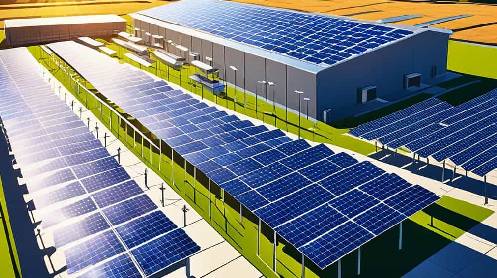While 2023 was the sunniest year of the century, 2024 presented a more complex solar energy picture despite being the second-hottest year on record. Analysis by Solcast API reveals varied irradiance trends shaped by weather patterns such as El Niño and regional droughts, decoupling global heat records from consistent solar potential.
Regional Insights:
Americas: Canada and Alaska faced below-average solar irradiance due to persistent cloud cover, while the U.S. Midwest saw improved solar conditions. Mexico and South America benefited from exceptional sunshine, driven by Amazon droughts reducing cloud formation.
Europe & Africa: Western Europe experienced a cloudier year, contrasting with a sunnier Eastern Europe. Sub-Saharan Africa saw increased irradiance, reinforcing its solar potential.
Asia & Oceania: India struggled with below-average solar output due to an active monsoon, while inland China experienced higher irradiance. Southern Australia enjoyed sunnier conditions, offsetting cloudier weather in the north.
Despite regional variances, global solar production reached record highs, driven by rapid capacity growth. Solcast’s advanced satellite tracking and AI-powered irradiance modeling, with less than 2% bias, supports over 300 companies managing 150GW of solar assets worldwide, helping shape a brighter future for renewable energy.







